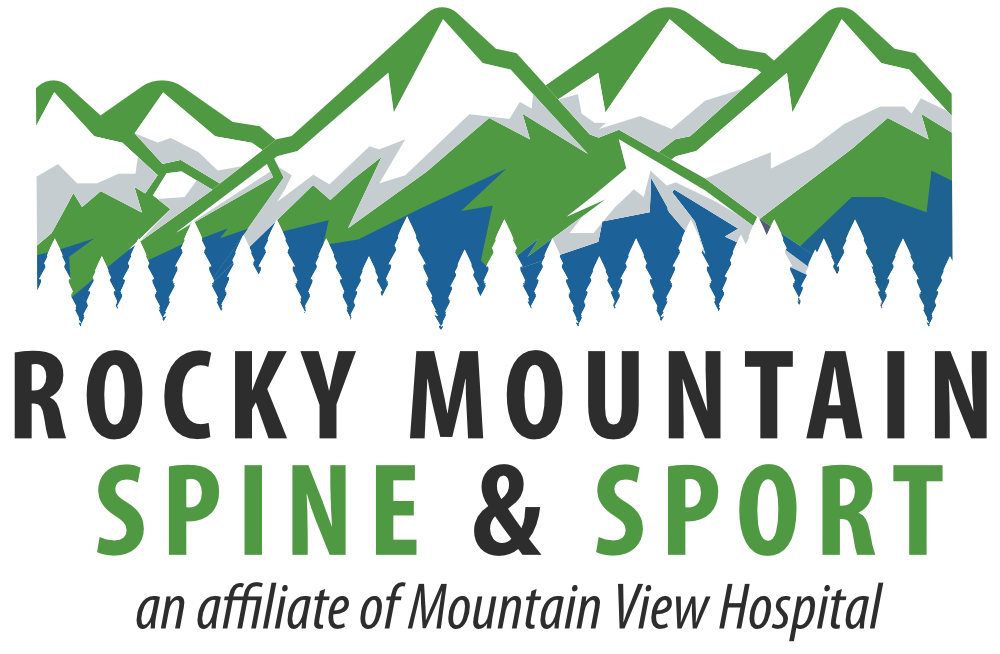Spinal Cord Stimulators
Spinal cord stimulators (SCS) are a treatment option for patients with neuropathic pain or pain that arises from nerves that have been damaged from arthritis, injury, complications from surgery, or disease. The FDA first approved the use of SCS in 1989 to relieve chronic pain from nerve damage in the trunk, arms, or legs. SCS function by delivering mild electrical stimulation to nerves in the spinal column, which modifies the neurologic pain signal that travels to the brain and minimizes pain.
The stimulator leads are surgically implanted within the epidural space above the spinal cord and attached to a power supply that delivers the electric current, which is implanted underneath the skin in the back or abdomen. Recent studies have shown that SCS have better success in treating neuropathic back and leg pain than repeat surgery or management with medications alone.
Process
Candidates for SCS have generally had chronic pain for more than one year. Prior to permanent placement of the SCS system, a seven day trial period with leads connected to an external power source will determine how effective the stimulator will be in relieving pain. If effective, the SCS system can then be surgically implanted.
Complications
Occasionally patients may experience complications with the device, such as a displaced lead, broken electrode, or a malfunction in the device. Major complications, such as paralysis, nerve injury, or death are extremely rare. The medical problems seen most commonly are bleeding or infection at the site of the implant. In these cases, antibiotic treatment is usually required and sometimes the device needs to be removed. Infection rates are typically as low as 1%.
Benefits
SCS are a newer and rapidly advancing treatment option for patients with chronic pain, and many newer systems have techniques to better control the nerves stimulated and improved feedback systems. In some health economics studies, the cost of an SCS system has been estimated to pay for itself within 3-4 years due to fewer medical visits and procedures. Other benefits include reduced painkiller use, improved quality of life, better sleep, greater activity levels, and in applicable cases, returning to work.
There are a variety of options with spinal cord stimulators regarding lead placement, non-rechargeable versus rechargeable power sources, and current intensity. There are also some spinal cord stimulators that are compatible with an MRI machine. A detailed discussion with one of our providers can help you understand whether this treatment option could be right for you.
